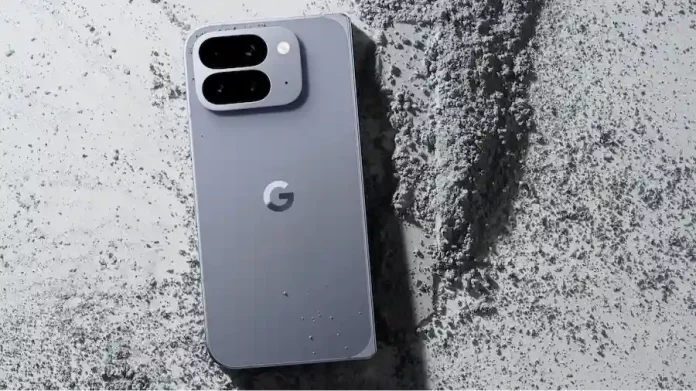Google has revealed new details about the gearless hinge behind its latest foldable phone, the Pixel 10 Pro Fold — and it’s a big step forward for durability, design, and feel. Introduced alongside the Pixel 10, 10 Pro, and 10 Pro XL in August, the Pixel 10 Pro Fold has only recently hit store shelves. Now, Google’s engineers are shedding light on how they achieved a smoother folding experience without the mechanical gears traditionally found in hinges.
Reinventing the fold
According to Google’s design and engineering teams, the company opted for a more daring approach this time — a gearless hinge, prioritizing long-term reliability and a cleaner folding motion. Traditional gear-based hinges, they explain, tend to gather dust and debris between their teeth, which can lead to stiffness and uneven wear over time. By eliminating those moving gears, Google aimed to create a hinge that’s both smoother and more durable.
Instead of gears, the new hinge relies on CAMs — precision components that convert rotational motion into linear motion — paired with tension-loaded springs. When one half of the foldable is opened, the other moves in perfect synchronization. This design ensures a symmetrical motion every time the device folds or unfolds, enhancing both the tactile feel and the long-term resilience of the mechanism.
More room for innovation
The shift to a gearless hinge wasn’t just about reliability. It also gave Google more freedom in the phone’s internal layout. With fewer mechanical parts, the company managed to fit in larger displays, slimmer bezels, and a bigger battery, all without making the device bulkier. The hinge also sits more flush with the phone’s body, improving grip and in-hand comfort.
Another significant benefit is improved water and dust resistance. Thanks to the simplified mechanism and reduced gaps, the Pixel 10 Pro Fold now proudly carries an IP68 rating, making it more resilient than earlier foldables.
How it compares
Google’s main rival in the foldable space, Samsung, has also moved away from traditional gear-based designs. The Galaxy Z Fold 7 features Samsung’s Armor Flex hinge, which uses a water-drop folding pattern and a multi-rail structure, helping it fold flatter while maintaining strength. Both companies are clearly converging on a similar solution: smoother, slimmer, and longer-lasting hinges that enhance the usability of foldables.
The folding mechanism remains the defining feature of these devices — the point where engineering and user experience meet. And getting it right is critical. After all, the entire appeal of a foldable rests on how effortlessly it opens, closes, and endures over time.
The future of foldables
Foldables are no longer a niche experiment — they’re steadily becoming mainstream. Their mix of portability and big-screen versatility continues to attract enthusiasts and everyday users alike. Personally, I love how these devices combine convenience with a touch of futuristic flair.
What’s left for the next big leap? For many, the screen crease remains the last major drawback. Despite improvements, the visible fold line can still be distracting. Rumors suggest that Apple is working on a “creaseless” foldable iPhone slated for release next year, but until then, seeing truly seamless foldables will remain a dream — one that companies like Google are getting closer to realizing.





